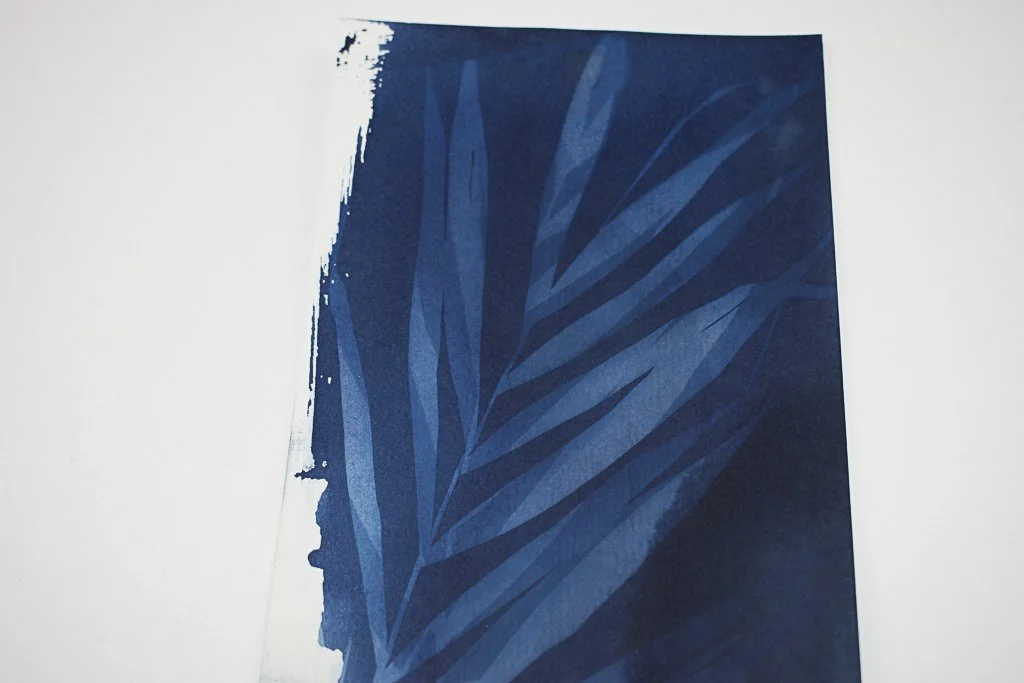Which art schools should I go to? That is a difficult question for a high school student interested in applying to an art program or art school? If you have a teen wanting to go to art school, this can be a very overwhelming and stressful decision for them to make. As a parent or a teacher, it's great to help them decide and navigate which art school they should go to. I have a free, helpful resource and some tips for making the decision of which art school. Learn more by reading below!
Which Art School Should I Go To?
First it's important to understand that deciding where to go to school after high school is a difficult decision, but with an art school or art program, this decision can be even more challenging and overwhelming.
First of all, there are a lot of decisions to make, and a lot of art schools and art programs are highly competitive to get into.
Students often need to create an art portfolio that has samples of artwork that they have made in order to get accepted into that particular school.
To learn more about how to create an art portfolio and ensure that your teens are portfolio applications, stand out from the crowd and help to get them accepted. Click the button below to download my 10 tips and free guide.
When Should My Teen Think About Where They Want to Go to School?
Start having this conversation with your teen when they are in either grade 10 or grade 11 it's really good to start the process as soon as possible. In grade 10 they don't necessarily need to decide where they want to go to school or what art program they want to apply for but it's good for them to start considering making decisions and thinking about the options that they have.
They could consider researching different art careers that they are interested in having.
You could also have a conversation with your teen about dream schools that they are interested in applying for. You can click here to learn about popular art schools in North America. And you can click here to learn about popular art schools around the world.
By starting the process early of having your teen figure out which art school they should go to you have the opportunity to visit different art schools so that your child can visualize if they see themself attending that particular art school.
Your teen also will have the opportunity to apply to more scholarships and do research about which scholarships they are eligible to apply because the cost of tuition continues to increase the year after year.
Lastly, by starting this process early, your teen has the chance to work on and perfect their art portfolio application, so that their art portfolio can really stand out and dazzle the review panel that is making the decision about which teens get accepted into the program and which teens don't.
Again you can download my free 10 tips and that's a very helpful guide for making your teen's art portfolio stand out by clicking on the button below.
Luckily for you, I have created a free video training that has a list of questions that your teen can consider, when choosing and applying to art schools and art programs. You can watch this video training with your teen and then have a conversation about some of these questions that I ask in the video.
You might also choose to watch the video separately and then talk about the video together with your child later.
To access my free video training to help your child decide which art school they should go to click here.
Decisions Your Teen Needs to Make:
Location, Location, Location
The location of the art school is one of the most important decisions for your teen to make. They really need to reflect and decide where they want to go to school because they will be going to school for the next 2 to 5 years of their life.
Do they want to go to school close to home or do they want to live further away and have independence? There are pros and cons to both of these decisions and this is a great family conversation to have with your teen.
The budget
It's really good to have a conversation about money with your child. You can even help them prepare a budget so that they understand the expenses that are related with living on their own or going to school. Even if they are living at home and going to art school, they will still have expenses such as having a vehicle, paying for gas, paying for their cell phone, dinners out, etc.
As a family, it's good to talk about what you are contributing financially, to help them in their post secondary journey. This way there are no financial surprises and your teen knows exactly what to expect this can make the process less overwhelming. Your teen will feel less anxious because they will know how much money they need to make and contribute when going to art school
Of course there are a lot more questions that your teen needs to consider when deciding which art school should I go to and in order to access those questions I invite you to check out my free video training it's a quick 30 minute training and I give you a list of questions to consider I also talk about how to create a budget with your teen in a more detailed cell access the video training by clicking on the button below!















